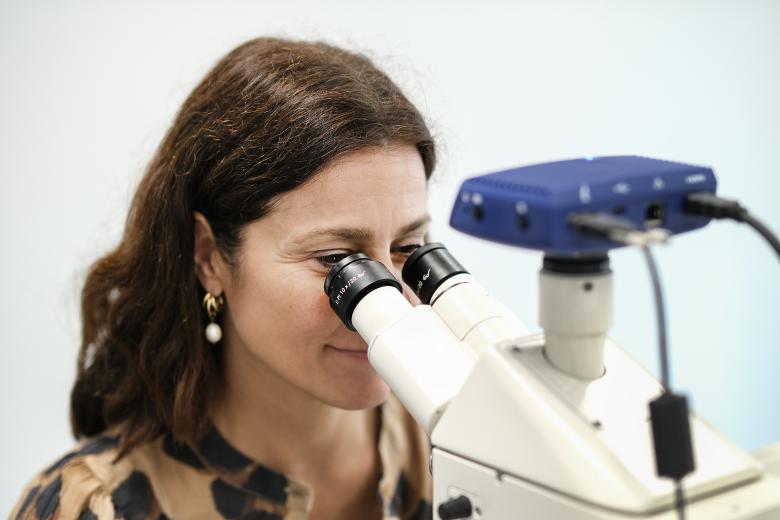Big science drives innovation
Is the Einstein Telescope coming to the Euregion? As yet, nobody knows. But if the telescope is built here, it will offer many opportunities for valorisation, according to Han Dols. Dols is head of business development at CERN, the European laboratory for particle physics in Geneva. He will deliver the keynote speech at the Opening of the Academic Year. “Big science—like CERN and, soon, the Einstein Telescope—can contribute to open and inclusive scientific collaboration.”
At first glance, the parallels between CERN and the Einstein Telescope (ET) might seem to be minimal. After all, they operate at opposite ends of the spectrum. CERN is a microscope, focused on the smallest of the small: the interaction between elementary particles. ET is a telescope that focuses on the largest of the large: the interaction of black holes in the universe. Moreover, CERN—established in 1954—is a mature organisation with a long track record of research and collaboration, whereas ET is yet to be born.
In fact, there are many similarities, Dols explains. Both CERN and ET involve big science: a large-scale experiment bringing together numerous countries, universities and companies. Both involve fundamental science, operating at the limits of human knowledge. Both involve the search for minuscule signals in mountains of data using highly sensitive equipment. And in both, all this happens below ground level, under cryogenic and extreme vacuum conditions.
Curiosity
Dols is responsible for innovative applications of the technology at external companies. He trained as a physicist and has a long history of working at the intersection of science, business and management. He joined CERN seven years ago, moving to Geneva with his family, including pets. “It was curiosity that drew me in. As a child, I was always curious about things. Why does a magnet attract a toy car made of metal? I used to experiment with things like that. And it’s this curiosity that brings people together at CERN to work on fundamental questions about matter and its origins.”
Text continues below the photo.
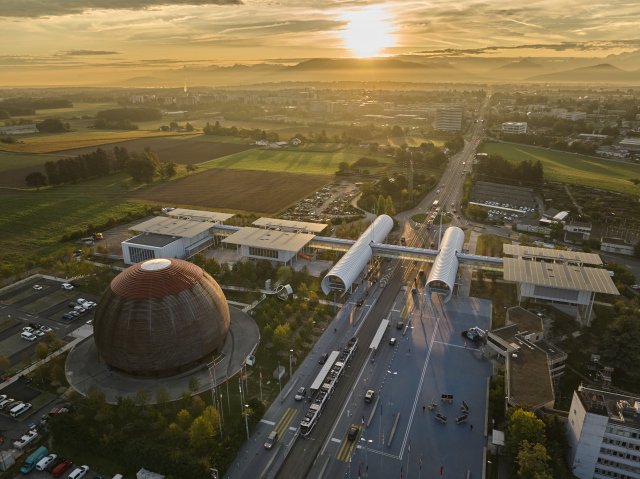
Returns
When it comes to harnessing knowledge and technology for society, Dols sees a great deal of overlap between CERN and ET. One obvious return is the purchase of materials and services from companies. At CERN, half of the annual €1.2 billion budget goes to industry. “These are often complex technological components, and our specifications are demanding. That’s why we partner with companies that are keen to learn and innovate with us. They challenge for them is to create materials that are suitable for extreme applications, which often result in new products.”
Other returns relate to talent development and education. “At CERN, 3000 PhD candidates complete their research every year; knowledge that flows back into society and companies. Since 1998, roughly 15,000 teachers have been trained at our training institute. And many people make the switch to a technology company in the region or launch a startup. My team and I promote entrepreneurship and support these startups. I can envisage these kinds of opportunities for ET as well.”
Accelerating innovation
Valorisation opportunities can also emerge from fundamental research, although for ET it is too early to predict what these might look like. Such opportunities stem from the technological and occasionally even revolutionary applications that arise more or less by chance from the experiment. CERN, for example, laid the groundwork for the world wide web, the touchscreen and colour X-rays. CERN scientists are working on proton therapy and quantum mechanics. They are contributing to the self-driving car through machine learning and to plastic detection in oceans through machine learning in satellites. “CERN not only accelerates particles, but also accelerates innovation,” Dols says. In the future, ET could be a similar driver of innovation.
Text continues below the photo.
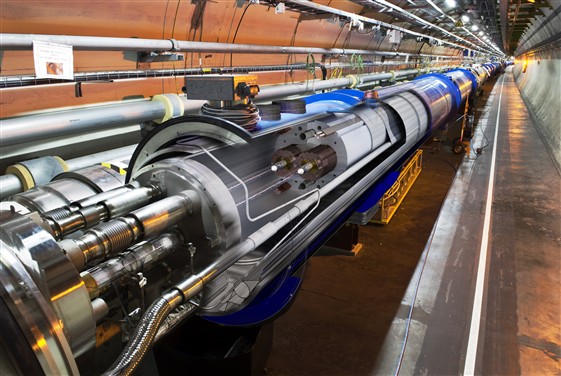
Cooperation
Discoveries like these cannot be planned in advance, but you can organise for them, Dols says. “You try to give serendipity a helping hand. You look at major societal problems—sustainability, healthcare, artificial intelligence—and ask yourself how the knowledge we have at CERN can help to solve them. And you invite companies, show them around the labs, give them challenges. Proactively organise collaborative projects in research and development or innovation of products, production processes and services. We started doing this 20 years ago at CERN. It would be great if ET included this in their vision from the start.”
Educational attraction
Ultimately, ET, like CERN, could become a major attraction for the general public. CERN welcomes 150,000 visitors annually. “Since it opened in October last year, the CERN Science Gateway [the new visitor centre] has had 300,000 visitors—a record number,” Dols says. “They come from all over the world, often with their children, and also visit Geneva and the surrounding area, which has a huge positive impact on the region. It turns out that many people share our scientific curiosity, regardless of age, education or background.”
Dols cannot emphasise enough the collaborative value of big science. “To overcome enormous technical challenges, you have to work together. That’s the best part of my experience at CERN: people with different languages, cultures and backgrounds all successfully coming together to build these very complex machines. The experiment not only helps to answer fundamental scientific questions, but also fosters collaboration across the borders of countries, disciplines and cultures. This way, CERN—and perhaps soon ET, too—contribute to open and inclusive scientific collaboration.” The decision on where the telescope will be placed will be made next year.
Text: Hans van Vinkeveen
Photography: CERN
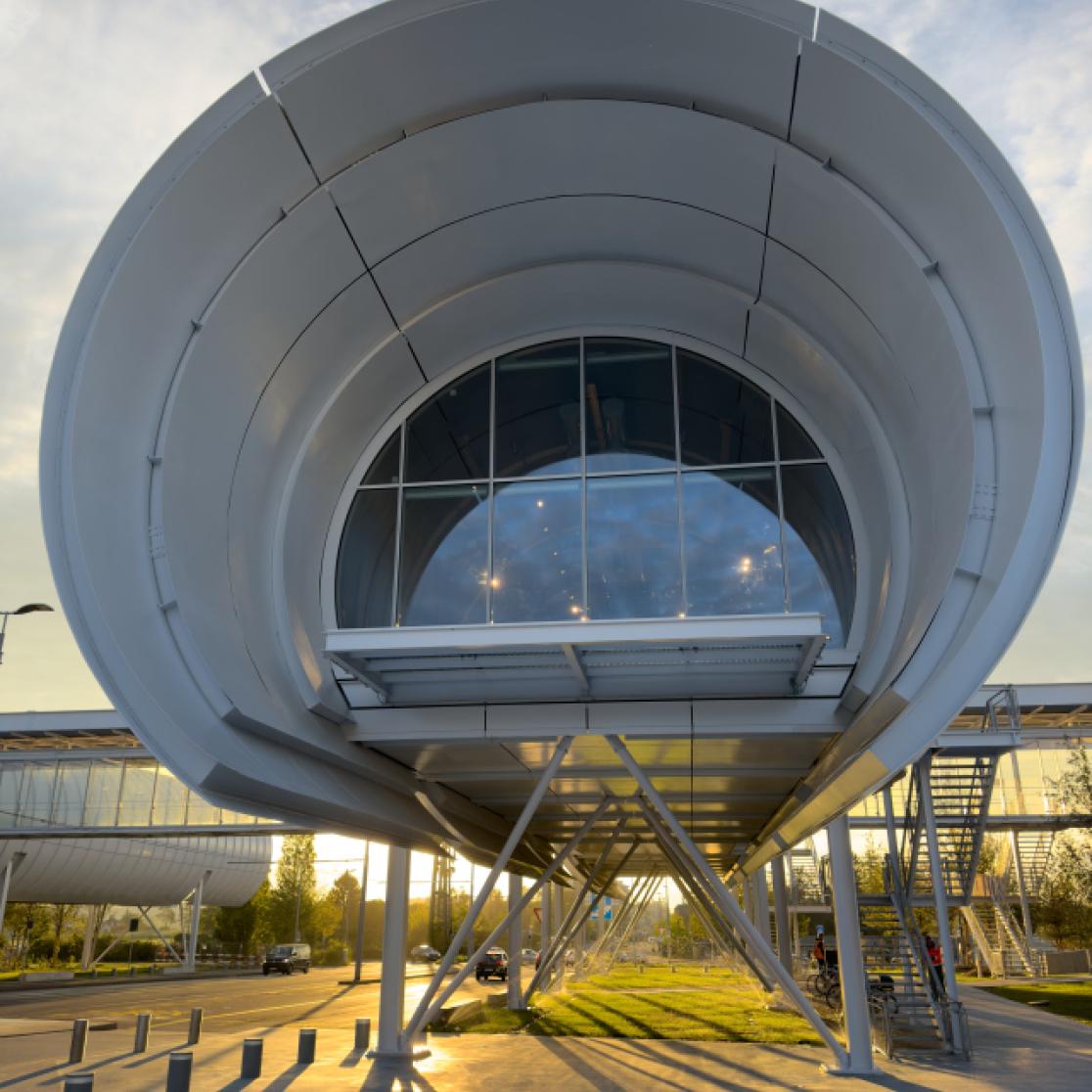
Also read
-
The University Fund Limburg's new Annual Fund Campaign is live!
Every year during the holiday season, the UM community comes together to uphold a special tradition: supporting projects that contribute to a healthier, fairer and more sustainable society. Will you join us?
-
SBE researchers involved in NWO research on the role of the pension sector in the sustainability transition
SBE professors Lisa Brüggen and Rob Bauer are part of a national, NWO-funded initiative exploring how Dutch pension funds can accelerate the transition to a sustainable society. The €750,000 project aims to align pension investments with participants’ sustainability preferences and practical legal...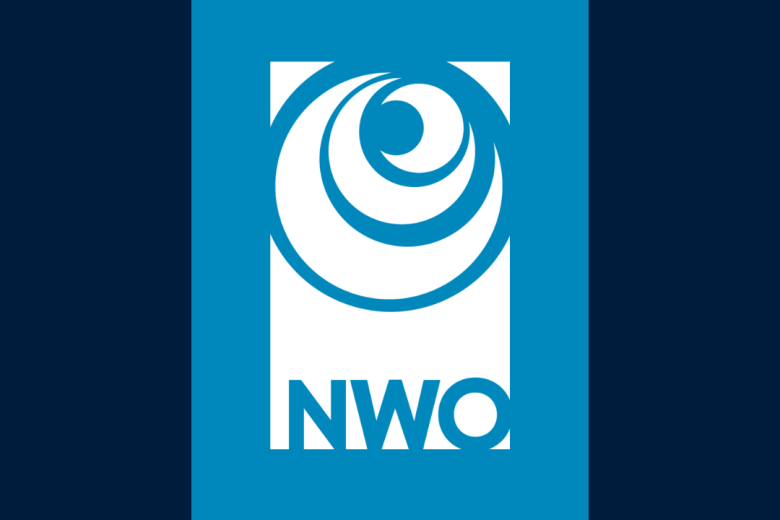
-
Fresh air
Newly appointed professor Judith Sluimer (CARIM) talks about oxygen in heart functioning and the 'fresh air' the academic world needs.